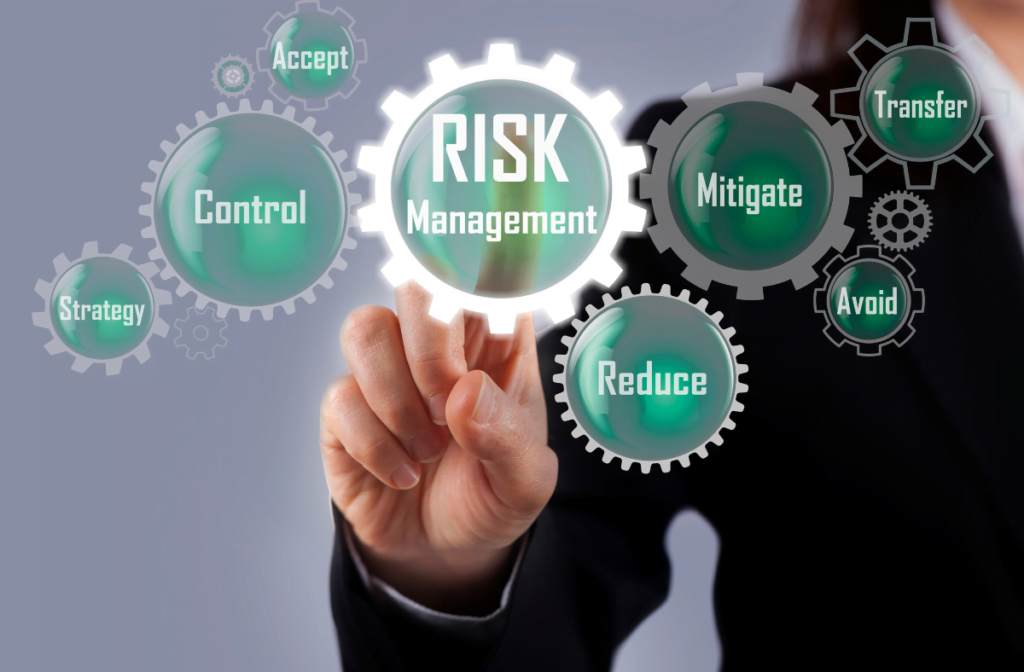What is meant by ‘Safety Management Systems’? And why is it so important?
The last century saw extraordinary developments in knowledge and technology in just about every industry. In the early years a lot of advancements were largely experimental and the rate of failure was high. However, with experience and research the techniques and technologies improved but unwanted outcomes still arose.
It became clear that even the best trained humans could fail in unexpected ways and efforts began to address human factors in various industries. These began to work but there was a realisation that humans don’t operate in isolation and that the structure and culture of an organisation could have a significant influence on safety performance. This led to the development of a systematic approach to safety management, which has become known as safety management systems or SMS.
At its core, a safety management system is a structured approach to managing safety that brings together various elements such as policies, procedures, processes, and practices. It is designed to address all aspects of safety, including physical safety, psychological safety, and emotional safety. By implementing a safety management system, organisations can proactively identify potential hazards, determine the likelihood and severity of risks, and develop strategies to prevent accidents or incidents from occurring.
Benefits of a Safety Management System
One of the key benefits of a safety management system is its ability to facilitate a culture of safety within an organisation. A strong safety culture is characterized by open communication, active employee participation, and a commitment to continuous improvement.
By implementing a safety management system, organisations can create a framework that encourages staff to report near misses, hazards, and incidents without fear of retribution. This enables organisations to gather valuable data that can be used to identify trends, patterns, and root causes of safety issues, leading to targeted interventions and quality improvement.
A safety management system also helps organisations comply with legal and regulatory requirements. Healthcare organisations operate in a complex and highly regulated environment, with numerous laws, regulations, and standards that must be adhered to. A safety management system provides a systematic approach to meeting these requirements, ensuring that all necessary processes and procedures are in place. This not only helps organisations avoid legal and regulatory penalties, but also demonstrates a commitment to providing high-quality care and services.
Moreover, a safety management system promotes accountability and responsibility at all levels of an organisation. By clearly defining roles and responsibilities, organisations can ensure that everyone understands their obligations and takes ownership of safety. This fosters a sense of shared responsibility and empowers individuals to actively contribute to a safe and secure environment.
Another important aspect of a safety management system is its role in continuous improvement. By regularly monitoring and evaluating safety performance, organisations can identify areas for improvement and implement changes accordingly. This could involve updating policies and procedures, providing additional training and education, or making changes to the physical environment. Continuous improvement ensures that organisations stay up to date with best practices and adapt to emerging risks and challenges.
In addition, a safety management system helps organisations build trust and confidence with their stakeholders. Patients, clients, and their families rely on Health and Social Care organisations to provide safe and effective care. Implementing a safety management system allows organisations to demonstrate their commitment to safety and their ability to effectively manage risks. This can enhance reputation, attract and retain staff, and improve overall patient and client satisfaction.
Implementing Safety Management Systems
When it comes to designing and implementing SMS, it can be helpful to think about it like starting a small business. No-one will listen to a business founder unless they have a viable plan and SMS is no different. The plan needs to crystallise the aspirations, expectations and objectives the organisation has in reference to safety and risk. It should define roles and responsibilities and set out the allocation of resources and personnel for safety management.
Having created a business plan, the founder will then need to sell the idea to backers and stakeholders. In SMS, this constitutes an organisation-wide programme of education and communication, so that everyone from top to bottom understands the purpose and value of the system. This could be the toughest part because no-one really likes change but it is essential to engage positively with as many ‘hearts and minds’ as possible.
Next it is time to get your metaphorical hands dirty, both in business and Safety Management Systems, by implementing the plan. In SMS this is all about doing the following:
- Identifying threats to safety, assessing the risks and developing defences to create an acceptable margin of safety.
- Create a level of resilience which recognises that things can go wrong and is able to absorb them without there being harmful consequences.
- Finally the time comes to determine whether the plan has been implemented as it was designed and whether it is working as expected.
Just as a business will look back at market share, revenue and profit, SMS can monitor and measure safety performance using indicators, targets and findings. This is the feedback process that provides the leadership team with assurance that the original objectives for safety are being met. It can also offer opportunities to continuously improve the system itself.
SMS is not complicated if viewed in this way and most of it is probably already present. It is just about joining up the safety functions so that they work together rather than in isolation, or even worse at cross purposes. Taking a systematic approach may even identify waste through duplication of effort within the organisation.
A safety management system is a crucial tool for healthcare organisations seeking to ensure the safety of their patients, clients and staff. It provides a systematic approach to meeting legal and regulatory requirements, promoting accountability and responsibility, facilitating continuous improvement, and building trust and confidence. By implementing a safety management system, organisations can demonstrate their commitment to providing high-quality care and services, while also mitigating risks and ensuring a safe and secure environment.
Do you need support with SMS?
Verita has decades of experience in the development, implementation, evaluation and enhancement of SMS to support the organisational effort to enhance safety performance. If you feel your organisation could benefit from this, please book a free 30 minute consultation or contact Ed Marsden on 020 7494 5670 or via email at [email protected].





